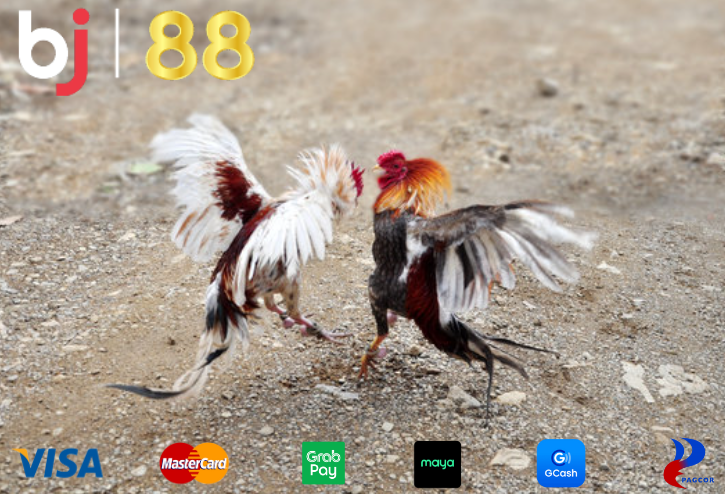Discover the importance of wingbanding in poultry farming. Explore how breeders use wingbands to identify and track individual birds, enhancing record-keeping, breeding programs, and overall flock management.

In the bustling world of poultry farming, where flocks of chickens, ducks, and other poultry species roam, keeping track of individual birds is a challenge. Breeders need a reliable method to distinguish one bird from another, monitor health records, and manage breeding programs effectively. Enter wingbanding—a practice that has become an invaluable tool in the hands of poultry breeders. In this comprehensive guide, we delve into the significance of wingbanding, exploring how breeders use it to identify and track individual birds, ultimately improving record-keeping, breeding programs, and overall flock management.
The Role of Wingbanding in Poultry Farming
Unveiling the Wingbanding Technique
Wingbanding is a method used by poultry breeders to mark individual birds for identification purposes. It involves attaching a small, durable band to one of the bird’s wings, usually when they are young chicks. Each band carries a unique code or number that corresponds to the bird’s information in a record-keeping system.
The Significance of Wingbanding
Wingbanding serves as the cornerstone of effective poultry management. It enables breeders to identify and track individual birds, ensuring that each bird’s health, breeding history, and lineage can be meticulously recorded and managed. This significance extends to various aspects of poultry farming.
Identification and Record-Keeping
Tracking Health Records
One of the primary uses of wingbanding is to maintain detailed health records for each bird. Breeders record vaccination dates, medications, and any health-related incidents. This meticulous tracking aids in monitoring the overall health of the flock and responding promptly to any health issues.
Breeding Program Management
For poultry breeders, wingbanding is an indispensable tool for managing breeding programs. It allows them to accurately track the parentage of each chick, ensuring that specific genetic traits are passed down through generations. This precise lineage management is vital for improving the quality of the flock.
Age and Productivity Tracking
Knowing the age of each bird is crucial for managing productivity. Breeders can track egg-laying patterns, meat production, and other performance metrics based on the age of individual birds. This information guides decisions about culling, mating, and overall flock management.
Wingbanding Techniques
Proper Application
Wingbanding must be done correctly to ensure the bird’s comfort and safety. The band should be applied when the bird is young and its wing feathers are still developing. Careful application by experienced breeders ensures that the band remains securely attached without causing harm.
Legibility and Durability
The information on the wingband must be clear and legible. It should be resistant to fading and wear, as this ensures that identification remains accurate throughout the bird’s life. The durability of the wingband is essential to withstand the rigors of outdoor poultry farming.
Compliance with Regulations
Poultry breeders must be aware of any regulations or guidelines related to wingbanding in their region. Compliance with local or regional requirements is crucial to ensure that wingbanding is conducted ethically and within legal boundaries.
Conclusion
In the intricate world of poultry farming, where every bird counts, wingbanding emerges as a pivotal practice. Breeders use this technique to identify and track individual birds, facilitating accurate record-keeping, precise breeding program management, and overall flock productivity. Wingbanding is not merely a marking; it’s a strategy that empowers breeders to nurture healthier flocks, improve genetic lines, and elevate the standards of poultry farming. As poultry management continues to evolve, wingbanding remains a cornerstone, ensuring that every bird in the flock is recognized, valued, and managed with utmost care.
